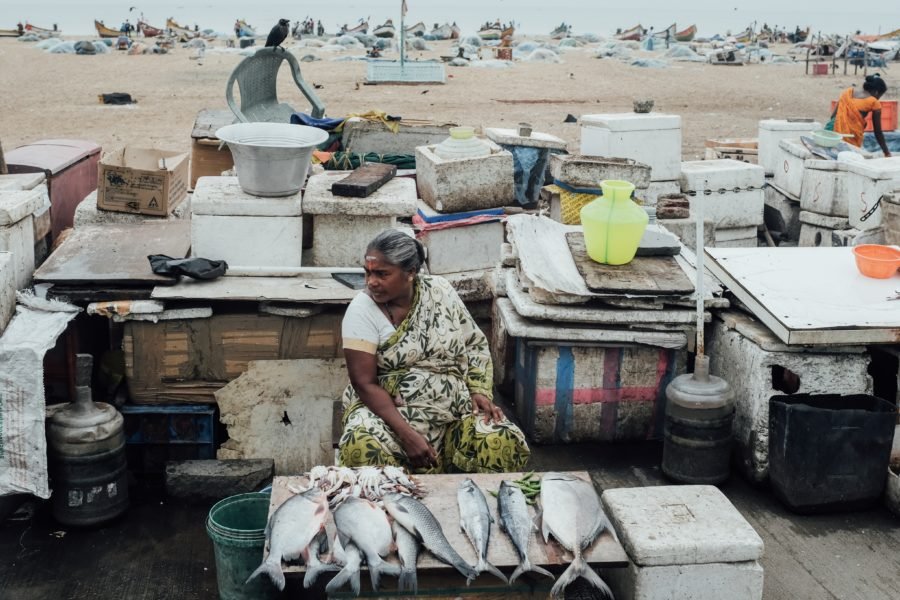History of the Fishing Industry in India

Fishing is a very prominent industry in the coastal states of India with more than 14 million Indians earning a living from fishing. The practice of fishing dates back to very many centuries ago before modern methods and practices were birthed and fishing became a major recognized addition to the Indian economy. For many centuries, the country of India has had a cultural practice of fishing in small ponds. Without the mechanized and modern systems which are prominent today, fishing has stayed a tradition in India with many people engaging in this for personal use. With the passing of time and the coming of the nineteenth century,commendable improvements had been made in productivity with breeding carps in tanks and with controlled systems.
Crab farming in the country of India began between the years of 1970 and 1980 and this was as a result of high production levels shown in 8 to 10 tonnes/hectares in a single year, in an incubation center. The 1980s came with the practice of aquaculture in India. This practice transformed the culture of fishing in India to a more modern business rolling more money into the economy. A system called Brackishwater farming was also done in those days and Brackish water fisheries were created in salinity waters.
Coming forward and with the continuous practice of fishing, the fishing industry in India has recorded more and more success. Between 2016 and 2017, the country of India exported 11,34,948 metric tonnes of seafood which were worth US$5.78 billion, the equivalent of ₹37,870.90 crore with frozen shrimp being the highest exported item of all the others.
The Food and Agriculture Organization (FAO) of the United Nations reports that the production of fish has multiplied by more than 10 since the year 1947 and has doubled between the years 1990 and 2010.
India as a country comfortably boasts of 8,129 kilometres which is 5,051 mi of marine coastline, 3,827 fishing villages as well as 1,914 traditional fish landing centers. Speaking of fresh water resources, India has 195,210 kilometres which is 121,300 mi of rivers and canals. The country also boasts of 2.9 million hectares of minor and major reservoirs, about 0.8 million hectares of flood plain wetlands and water bodies as well as 2.4 million hectares of ponds and lakes. As at 2010, India’s marine and freshwater resources offered a combined sustainable catch fishing potential of more than 4 million metric tonnes of fish. What’s more? India’s water and natural resources have a tenfold potential for growth in aquaculture (farm fishing) judging by the harvest levels of 2010, 3.9 million metric tonnes of fish, if India would choose to adopt the knowledge of fishing, regulatory reforms as well as sustainability policies.
With a very long standing history of fishing which has conveniently become a culture in the country of India, fishing has remained an intricate part of the Indian culture and economy. Today, the practice of fishing has remained prominent with more and more people taking fishing as a full time occupation and earning their living off from fishing.


+ There are no comments
Add yours